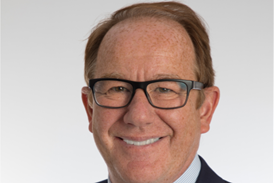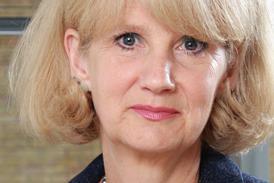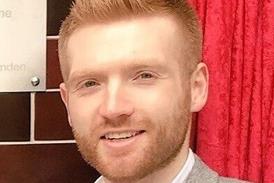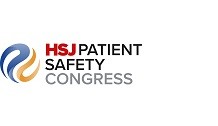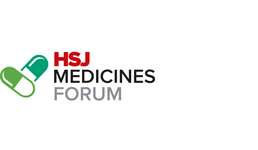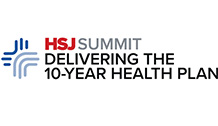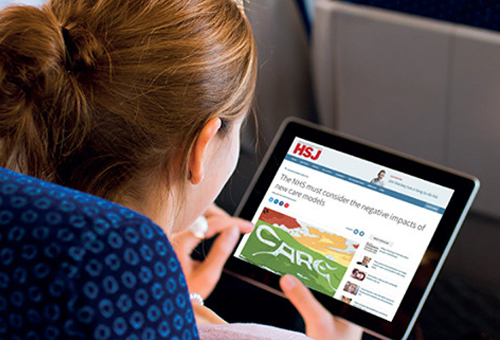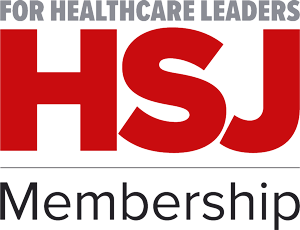As many of us start the new year feeling well-rested, spare a thought for all frontline NHS healthcare staff who have once again been inundated with an avalanche of patients suffering from respiratory illnesses.[i], [ii] Hospitals have experienced significant strain from a range of viruses, with paediatric services under enormous pressure.[i]
Funded and produced by
Infants are particularly vulnerable to more severe forms of common illnesses
Respiratory illnesses are very common in young children and are typically mild and self-limiting for most.[iii] However, some young children are more vulnerable to serious complications and hospitalisation from these common infections.[iii] For these infants, their immune systems are still developing making the consequences of contracting a virus potentially more severe.[iv] Respiratory syncytial virus (RSV) for example, is responsible for around 30,000 infant hospitalisations and between 20 to 30 infant deaths every year in the UK.[v] These hospital admissions are generally concentrated over approximately eight weeks during the winter season and it is this “tidal wave” that has the potential to paralyse the system.[i]
Beyond hospitalisations: NHS capacity and economic impact
Paediatric services are frequently overwhelmed by wintertime respiratory illnesses. Paediatric intensive care units regularly have more than 90 per cent occupancy with some units reaching breaking point at close to 100 per cent.[vi] With length of stay also increasing, cardiac and cancer elective operations often have to be cancelled.[vi]
Alongside NHS capacity issues, there are challenges for the economy. The estimated annual cost of direct healthcare provision (eg hospital admissions) for infants with RSV is nearly £65m.[vii] Parents are often required to disrupt work to provide care, amounting to around £14.2m in lost productivity every year and approximately £1.5m in out-of-pocket expenses.[vii]
Prioritising rapid adoption of innovative, preventative options
To help reduce the UK’s burden of respiratory illnesses in children, we should prioritise implementing a comprehensive childhood vaccination/immunisation programme supported by robust clinical and real-world evidence, which are considered one of the most effective public health interventions at our disposal.[vi]
For inspiration, we can turn to several of our European neighbours where preventative efforts in RSV have significantly reduced infant infections and hospitalisations.[viii],[ix],[x],[xi],[xii] Ireland introduced its RSV immunisation programme in September 2024. According to data published in December 2024, since the programme started on 1 September 2024, 24 babies born in Ireland were hospitalised, with five requiring intensive care. This is a significant reduction compared to the same period in the 2023-24 winter season, where 413 babies were hospitalised and 64 required intensive care, representing approximately a 94 per cent and 92 per cent reduction, respectively.[viii],[xiii] As we monitor the impact the UK’s programme is having on the burden of RSV on infants, data so far suggests RSV testing positivity in those aged zero to four years and hospital admission rates for those under five years old are roughly the same this year as the 2023-24 winter season, which I believe is worrying.[i]
With winter ending soon, we’ll have a more complete picture of the performance of our national vaccination/immunisation programmes for the 2024-25 season. However, given the peaks of several respiratory illnesses have likely already passed, I believe we can start asking questions now.[i] What impact have the UK’s vaccination programmes had on reducing infant hospitalisations for respiratory infections? Has uptake been high enough to reduce healthcare system burden effectively? How do outcomes, particularly for children in the UK, compare to those in other high-income countries? Have productivity losses decreased? Have primary and secondary healthcare professionals had their time freed up for treating other conditions?
Labour’s Child Health Action Plan sets out bold ambitions to create the “healthiest generation of children ever”, and includes a pledge to “protect children from the growth of infectious diseases”. In my opinion, perhaps the biggest question of them all might be: will the UK government take any steps that are necessary in the future to be a world leader in helping to give infants the best start in life, or celebrate achieving low targets?
References
[i] GOV.UK. National flu and COVID-19 surveillance reports: 2024 to 2025 season
[ii] RCPCH. Workforce information deep dive: Bed occupancy autumn 2024
[iii] Public Health England. Health chiefs issue warning as childhood respiratory infections rise ahead of winter
[iv] Heinonen, S., et al. Immunol Allergy Clin North Am. 2019. 39(3): 361–376
[v] UK Health Security Agency. What is RSV and is there a vaccine?
[vi] DHSC. Independent investigation of the NHS in England
[vii] Fusco, F, et al. Rand Health Q. 2022 10(1): 2
[viii] Health Service Executive. New HSE RSV immunisation programme significantly reduces infections, serious illness and hospitalisations in babies
[ix] Assad Z, et al. N Engl J Med. 2024. 391: 144-54.
[x] Coma E, et al. Arch Dis Child. 2024. 0: 1–6.
[xi] Ezpeleta G, et al. 2024. 12(4): 383
[xii] Barbas Del Buey JF, et al. Frontiers in Public Health. 2024. 12
[xiii] GOV.UK. Respiratory syncytial virus (RSV) vaccination programme
Job code: MAT-XU-2500169 (v2.0)
Date of preparation: February 2025







